A polyurethane finish is a great way to protect wood surfaces from scratches and water damage. The steps to apply them are relatively simple. But, what if you forgot to do one of them? More specifically, what if you forgot to stir it? If that's your concern, let's go over the details.
If you forget to stir the polyurethane, there's no need to worry. You'll need to follow the standard procedures. You can let it cure for about a week. Once it solidifies, you have a few choices. Either remove it by sanding it down entirely, use a chemical stripper, or sand it lightly and apply a second coat properly.
When you mess up a project, it's not the end of the world. Many others went through the same problem! If you forget to stir the polyurethane, there is a slight change in the final look. If you're curious to know what you can do from here, keep reading ahead.
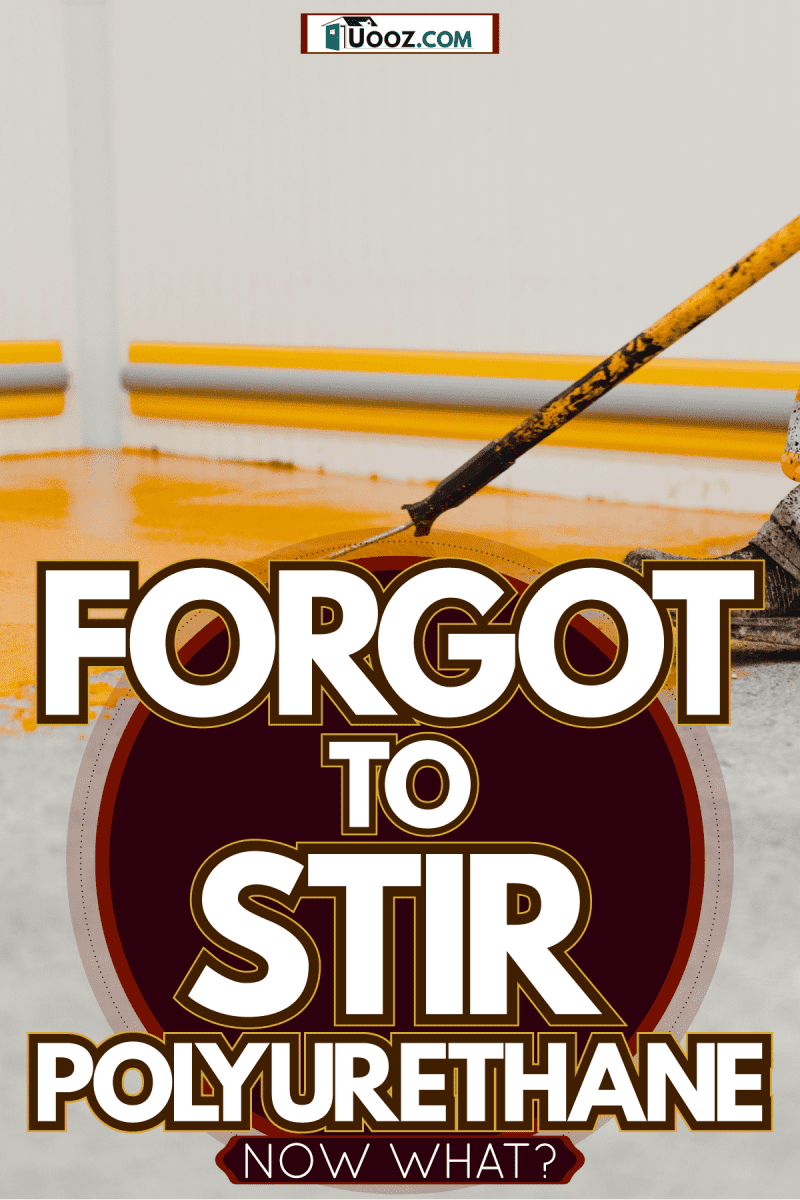
Forgetting to Stir the Polyurethane
Before we go over what you can do after it cures, you're probably curious to know what happens if you apply polyurethane with no stirring. It might please you to find out that it won't come out terrible! Instead, it's going to look glossier than it should.
However, situations can change. Polyurethane might not act the same for everyone. As one user warns, you might have to start the process over.
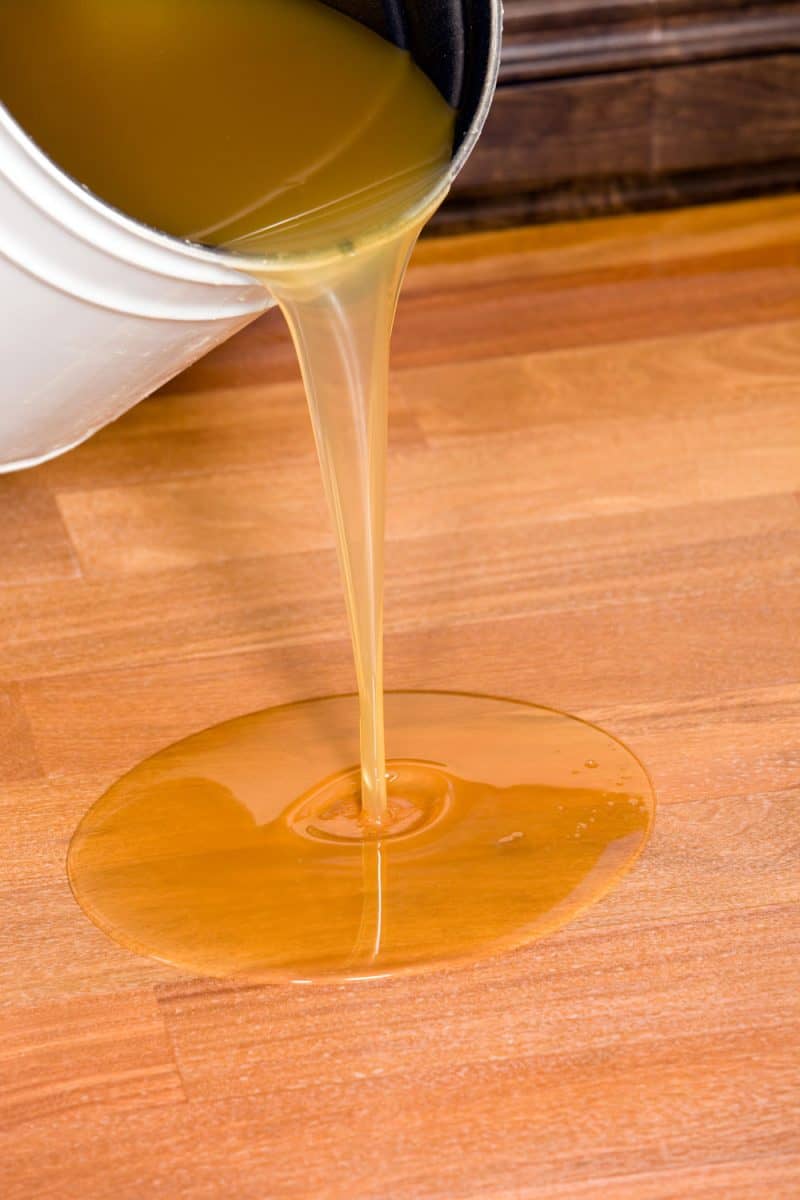
The reason is that polyurethane, without a correct ratio of chemicals, does not adhere to the wood well enough. So, as it's curing, you might notice that it will develop spots where it looks like it's crawling away.
In other words, there will be small areas where the polyurethane was noticeably separating instead of adhering to the wood. Therefore, you will want to sand it all down and start over.
Taking Action Before It Cures
Another factor to consider when mistakes happen is time. How long ago did you realize your mistake? If it's a recent thought, you might still have time to fix the situation without too much work.
However, that depends on one detail. The only concern that comes to mind is working conditions. You'll have to choose between sanding the polyurethane down after it cures or working with a chemical remover to remove it before it cures.
Of course, if you think sanding is easier, wait for the polyurethane finish to cure. You might be pleased with the final result in some cases. But, if it's still in the curing process, you can purchase a chemical remover to strip away the coat.
How Can You Remove Polyurethane?
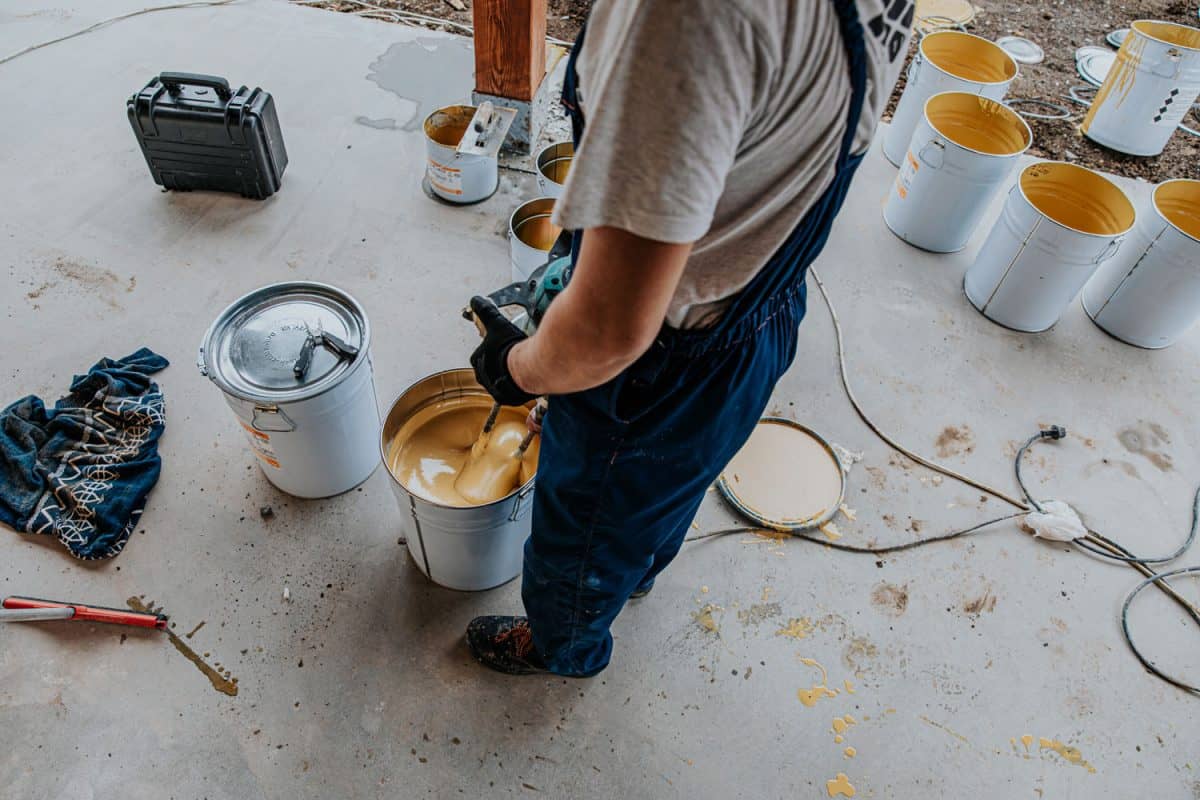
The other detail you should think about is the polyurethane you are using. There is water-based and oil-based polyurethane. You can remove a water-based polyurethane using a lacquer thinner.
If you're dealing with oil-based polyurethane, you will be dealing with strong chemicals. So, you will need the appropriate equipment to remove it. The items you will need for this job would be rubber gloves, safety goggles, and adequate ventilation.
You don't want to be breathing in all the fumes that come with a chemical stripper. They can evaporate quickly. If you inhale high levels of them, it can cause various effects.
Headaches, drowsiness, and dizziness are some of the symptoms you can experience. So, if you decide to work with one, always practice safety first. If you're wondering if this is the only way to remove polyurethane, sanding or chemical strippers are the only safe ways to remove it.
There are some guides out there that would suggest using a blow torch to soften the finish. However, you're going to be working with the fumes that polyurethane produces. Again, it's not safe to do it this way.
Using A Chemical Stripper
Before you start looking for a chemical stripper, it's crucial to remember that it might react differently. In other words, success isn't always guaranteed. As another user warns, it can create another mess in some cases.
Though, CitiStrip Gel seems to work without too many problems. It also doesn't emit as many harsh fumes as the other options. You can consider using this over the others as your first option.
Click here to see this product on Amazon.
In any case, you're free to choose whatever paint or chemical stripper is available to you. For the best results, follow the instructions of your remover of choice.
You can start the removal process by applying the stripper using a brush. Use a thick coat to ensure it can set into the polyurethane without drying out. Wait around 10 minutes to let the stripper do its work.
Scrapping the Polyurethane
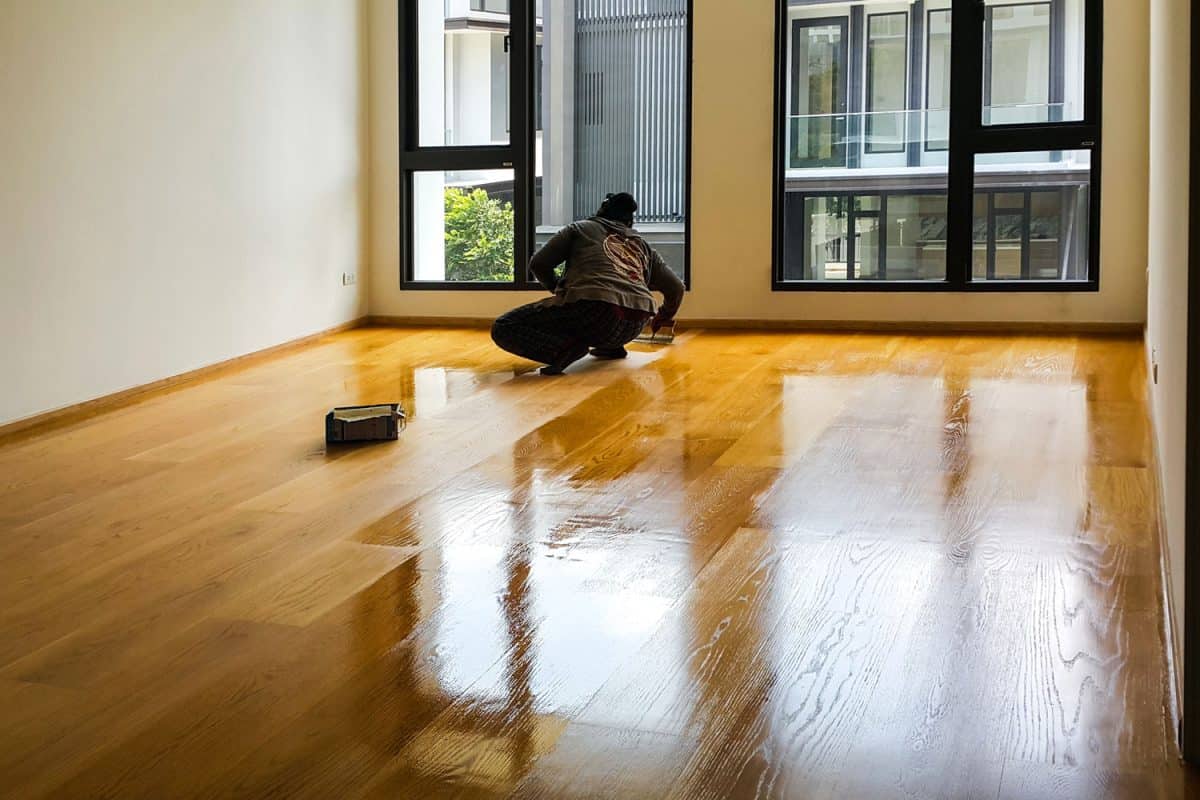
Once the chemical stripper sets, it becomes relatively easy to remove. All you need is a putty knife or a scraper. If you want, you can use plastic variations of those tools. This way, you can decrease the chance you damage the underlying wood.
The softened polyurethane and chemical stripper will buildup on the tools you're using. You can remove the gel using a soft cloth or rags. Follow the instructions of the stripper you chose to know what to do about cleanup.
From here, you are free to think about the next steps. If the grain is raised, you can consider sanding the surface and preparing it for the new coat of polyurethane.
Here's a YouTube video to give you an idea of how the process will go:
How Can You Remove Polyurethane With A Sander?
When your project involves a large surface, you might need better tools. If that's the case, you will need to use an orbital sander to remove the polyurethane. You can use 150-grit sandpaper to strip the surface down to the underlying wood.
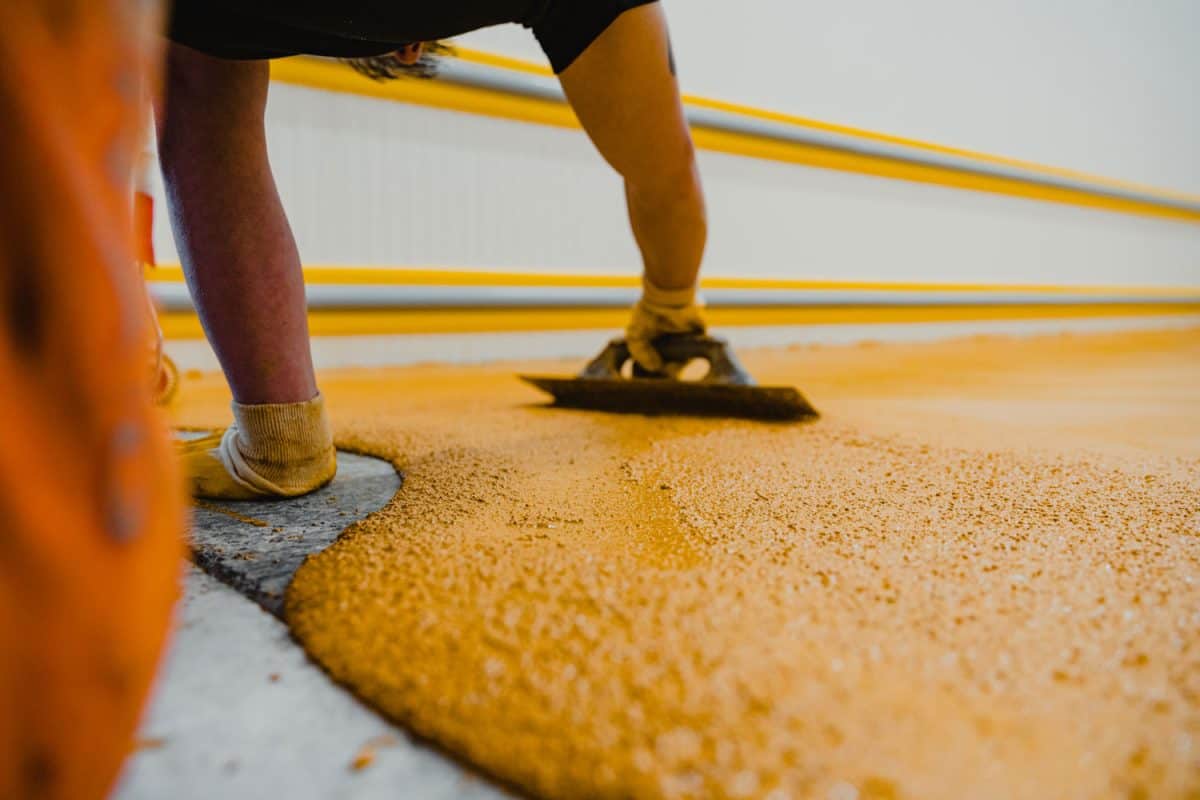
You can use sandpaper or a sand block for areas that you can't reach with the orbital sander. Alternatively, you can use a buffer machine.
If you want to have an idea of how this process would go, here's a YouTube video to help:
How Can You Remove Polyurethane Without Sanding?
When you don't want to use a sander, there are more options you can consider. There are a variety of tools you can use to remove polyurethane. However, the results will be about the same as a sander.
In other words, you might remove some of the top layers of wood. This aspect can be good in some situations. For example, porous wood like oak will tend to hold on to some of the polyurethane inside its pores.
Click here to see this hand plane on Amazon.
So, if you want to have a fresh start, you will need to remove more wood to get rid of the pore full of polyurethane. If that sounds like a good idea, consider getting a hand plane. Close grain wood won't need this type of treatment.
For this reason, you can consider using a cabinet scraper. It does a good enough job to remove the polyurethane finish without harming the underlying wood. Here's a YouTube video to see these tools in action:
How To Soften Polyurethane Without Chemical Strippers?
Dealing with chemicals is not everyone's cup of tea. If you don't know what you're doing, it can be stressful messing with it. So, if you want to avoid it altogether, there is also an alternative way to soften the polyurethane.
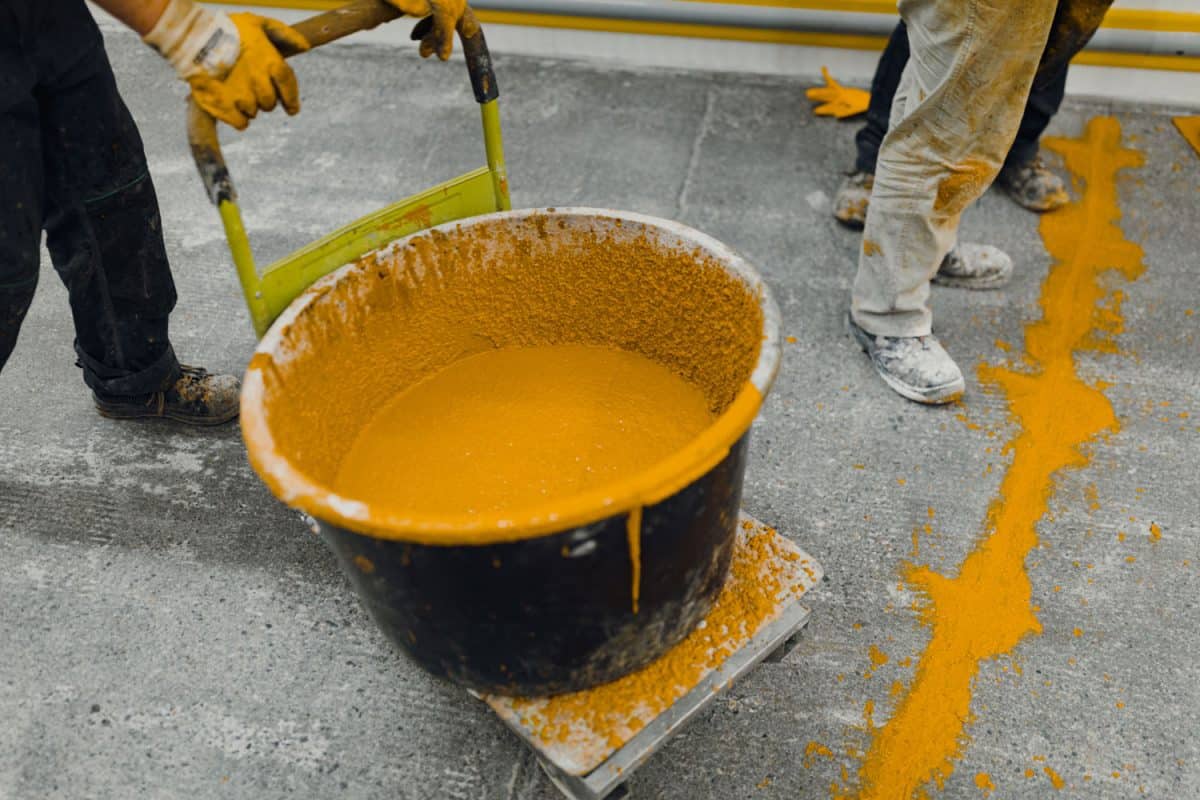
All you need is a heat gun. Of course, since you're applying heat to the finish, you'll want to do this in a well-ventilated area. We will go over some tips about using the heat gun efficiently.
Start by finding a putty knife with a square edge. If you have an old, dull one lying around, it's the perfect tool for the job! You don't want it to be sharp. Otherwise, as you're scraping the polyurethane away, you will dig into the wood too.
Applying Heat Correctly
After you find a tool with an edge that's nice and square, start by plugging in your heat gun. You want to begin by applying heat to the bottom and work your way up. This way, you will soften the upper area along the way.
You'll know the polyurethane is ready to remove once it starts bubbling. Take your putty knife and drag it across the bubbling area. It should come off with relative ease. Once you finish removing the polyurethane, the surface will be in rough shape.
So, our job isn't over. You will need to take a plane blade and push it across the surface. This step is the first part of the process to create a smooth surface.
After removing the leftover residue, you can use a 60-grit sanding block to finish the job. You can start your project all over again!
Here's a YouTube video demonstrating stripping a finish with a heat gun:
In Closing
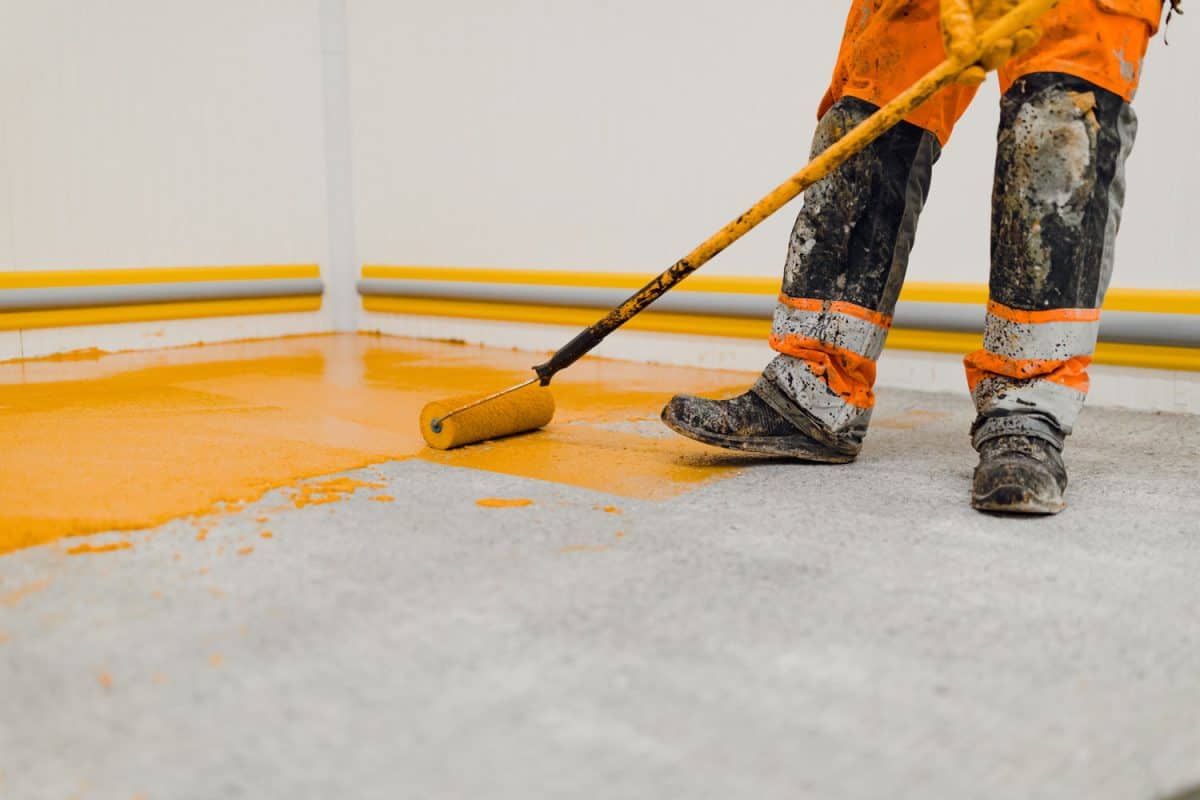
When it's your first time applying a finish to wood, mistakes can happen. Luckily, there are ways to fix the situation. You can sand polyurethane, strip it using a chemical stripper, or use a heat gun with a scraper. Don't forget to stir the polyurethane once you're ready to start all over! Good luck!
Before you go, do you have other polyurethane concerns? Do you have some of it leftover? We can give you storage tips! For more information, check out:
Does Polyurethane Expire? [And How To Store It For A Longer Shelf Life!]
Are you thinking about painting over a coat of polyurethane? To learn more about this topic, check out:


